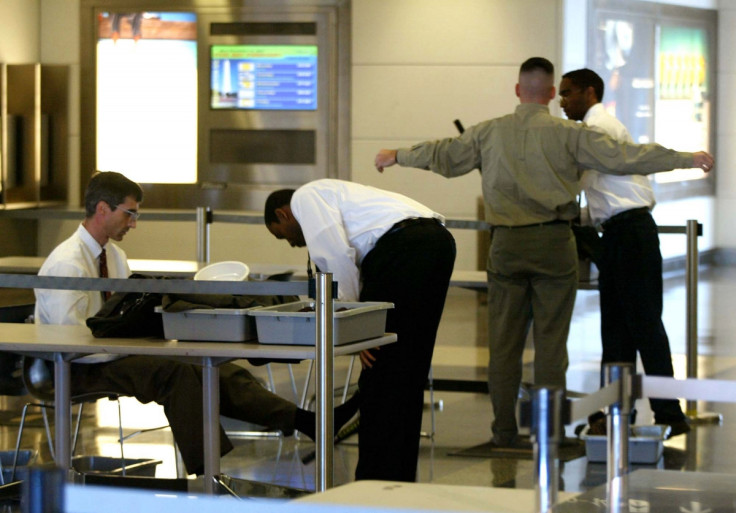Laser Detector Can Pick Smallest Traces of Even Non-metallic Explosives

Minute concentrations of explosives can now be detected using the Plasmon laser detector developed by UC Berkeley researchers. It can even be used to sniff out a hard-to-detect explosive, popular among terrorists.
The Plasmon sensor can pick airborne molecules of DNT and ammonium nitrate at concentrations below one part per billion. One part per billion compares to a blade of grass on a football field.
Swabs used at airports to check for explosive residue have relatively low sensitivity and require physical contact. The new detector could lead to a bomb-detecting chip for a handheld device that can detect even a trace vapour of the explosive's molecules in the air, said the team.
The sensor can also be developed into an alarm for unexploded land mines that are difficult to detect, the researchers said. Landmines kill 15,000 to 20,000 people every year.
The findings are published in the advanced online publication of the journal Nature Nanotechnology.
The engineers put the sensor to the test with various explosives -- 2,4-dinitrotoluene (DNT), ammonium nitrate and nitrobenzene -- and found that the device successfully detected the airborne chemicals at concentrations of 0.67 parts per billion, 0.4 parts per billion and 7.2 parts per million, respectively.
They noted that these results are much more sensitive than those published to date for other optical sensors. Plasmon sensor technology allows for magnifying a small trace of explosive to create a detectable signal.
In designing the device, the researchers took advantage of the chemical makeup of many explosives, particularly nitro-compounds such as DNT and its more well-known relative, TNT. The nitro groups make the chemicals more explosive. Being electron deficient, they interact with natural surface defects on the semiconductor sensor.
The device works by detecting the increased intensity in the light signal as a result of this interaction.
Higher electron deficiency of explosives leads to a stronger interaction with the semiconductor sensor. This allows the Plasmon laser sensor to detect pentaerythritol tetranitrate, or PETN, an explosive compound which is favourite with terrorists. As it is plastic, it cannot be detected by x-ray machines.
Yemeni bomb makers and Syrian militants are believed to be developing these explosives which can be hidden in cell phones and mobile devices.
© Copyright IBTimes 2025. All rights reserved.





















